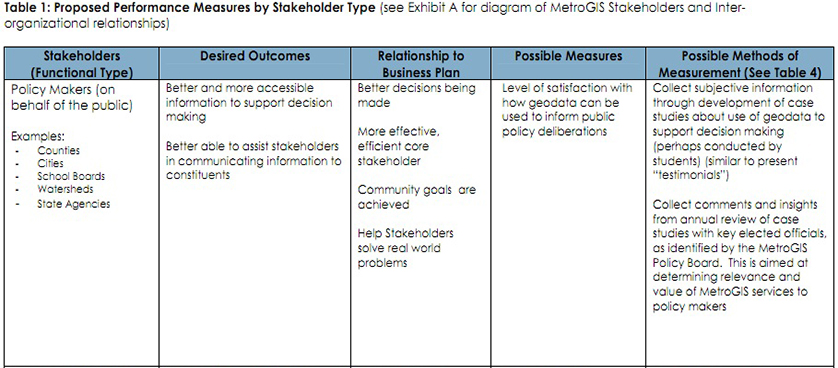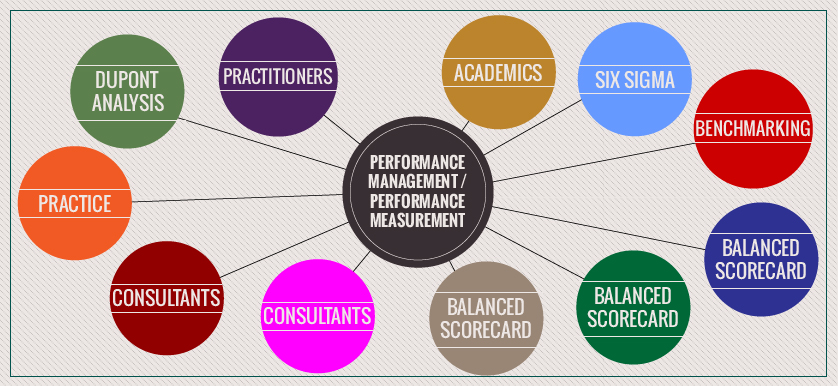Stakeholder Management as Key to Outstanding Performance

Image Source: jplenio | PIxabay
For an organization to achieve and sustain outstanding results that meet or exceed the expectations of its stakeholders, it is necessary to define an inspiring purpose, create an aspirational vision, develop a strategy centered on creating sustainable value, and build a winning culture.
Direction setting prepares the way forward for the organization, but it needs to execute its strategy effectively and efficiently. The organization must
- know who the stakeholders are in its ecosystem and engage fully with those that are key to its success;
- create sustainable value;
- drive the levels of performance necessary for success today and, at the same time, drive the necessary improvement and transformation once it becomes successful in the future.
When stakeholders that are the most important to the organization, such as key stakeholders, and are independent of the specific groups have been identified, it is likely that there is a degree of similarity in applying the following principles when engaging key stakeholders.
An outstanding organization:
- identifies the specific types and categories within each of its key stakeholder groups;
- uses its understanding of the key stakeholders’ needs and expectations to achieve continuous engagement;
- involves key stakeholders in deploying its strategy and creating sustainable value;
- recognizes the contributions the key stakeholders make;
- builds, maintains, and further develops the relationship with key stakeholders based on transparency, accountability, ethical behavior, and trust;
- works with its key stakeholders to develop a common understanding and focus on how, through co-development, it can contribute to and draw inspiration from the United Nations Sustainable Development Goals and Global Compact ambitions; and
- actively gathers the perceptions of its key stakeholders rather than wait for them to make contact.
Build Relationships and Ensure Support for Creating Sustainable Value
Partners and suppliers are the external parties that the organization chooses to work with to fulfill its purpose, achieve the vision, deliver the strategy, and reach shared objectives that benefit both parties.
In practice, we find that an outstanding organization:
- understands the stakeholder model for its key partners and suppliers, with a clear segmentation based on the organization’s purpose, vision, and strategy;
- ensures its partners and suppliers act in line with the organization’s strategy and that mutual transparency, integrity, and accountability in the relationship is established and maintained;
- builds a trusting relationship with its key partners and suppliers to support the creation of sustainable value;
- works proactively with its key partners and suppliers to leverage the culture, expertise, and know-how of both parties and achieve mutual benefit.
Partners are considered operant resources that should also act on operand resources to co-produce value with customers and the firm to ensure the best results are delivered to customers.
It’s a matter of value creation, which considers partners part of the core competencies. We should focus on choosing them and how they interact on the value chain to help improve the results in customer satisfaction and customer involvement.
Choosing the Right Partner
It’s a matter of interest. This is how Benoit Hanssen, the chief technical officer of Hutchison CP Telecommunication Indonesia, described one of the ways of choosing the right partner.
He said that as long as business goals match the partner’s business goals, everyone can ensure that they have chosen the right partner for a long-term relationship with a win-win strategy.
Moreover, choosing the right partner adds another competitive advantage to businesses. This occurs by depending on them to be part of the business and learn how to deal with customers and by increasing their participation in the value co-creation.
Open relationships in terms of communication and exchange of data is another factor in choosing the right partner.
They have to ensure a smooth exchange of information with the firm for a long-term relationship that will bring benefits to both entities. This is accompanied by removing the boundaries between firms and their partners. Vargo and lusch stated that partners should agree on having an open relationship from the beginning while firms have to ensure fair treatment for all their partners. They also added that firms’ partners should understand the environment they will work in, the cultural boundaries, and the cultural development; all of these are considered important factors that partners should contribute to understanding them and acting with the firm according to them.
Attractive costs and full attention to the risk of offers delivered to the market are other factors when choosing the right partner. Partners should work closely with the firm to convey their solutions to the firm within the budget offered and make sure that the solutions offered can effectively add value to the firm and help improve their business. This is done by having partners who focus on developing their businesses research and study the market and the business they are partnering with. This way, they can develop solutions that can continuously help their partner (the firm) solve their problems, improve their presence in the market, and develop benefits among other competitors.
Improving the existence in the market and increasing the resources available to have additional knowledge about the market needs and perform strongly among other competitors are reasons for choosing the right partner. This directs us to more factors that play a major role in choosing business partners: a partner that has good knowledge about the market and customer needs and can add value to the firm through resources and capabilities.
Moreover, when firms try to offer more services or products to the market that are considered new for the firm in terms of capabilities and resources available, it may not be enough to proceed with such an option. Even when firms enter new markets, there are reasons to dig deeper in other firms’ strategies and potentials. It is important to look for partnerships with advanced capabilities and resources that are not just focused on the present time but are ready for technological developments and to produce outstanding output.
On the other hand, a partner’s reputation in the market is crucial. It gives the firm an advantage before its competitors because customers, suppliers, and even other partners will consider competitiveness as a reason to consider the firm.
In addition to reputation, previous achievements that are related to the quality of solutions offered by firms are also important. It will reduce the amount of pressure when monitoring partners’ outputs, especially when they offer services that are difficult to monitor.
Moreover, managerial capabilities should be taken into consideration when choosing a partner since it can play a major role in helping the firm learn more from this partner and facilitate the exchange of skills and experience.
If you’d like to learn more about developing the strategy of your organization, sign up for The KPI Institute’s Strategy and Business Planning Professional Certification.
Reference: EFQM Model





